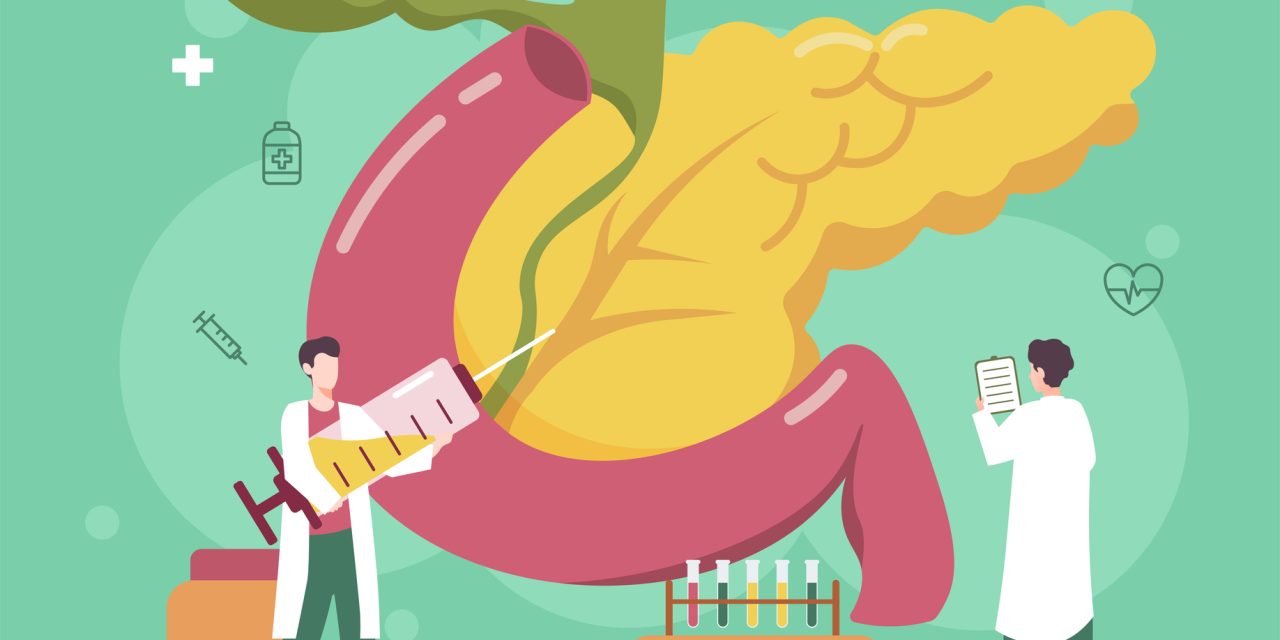Novel metrics of HDL (subclasses, lipid content and function) may better characterize the anti-atherogenic features of HDL. In midlife women, changes in these metrics vary by time relative to the final menstrual period (FMP), supporting a contribution of menopause hormones estradiol (E2) and follicle-stimulating hormone (FSH).
To test associations of endogenous E2 and FSH with novel HDL metrics and to assess whether these associations vary by time relative to FMP.
Longitudinal analysis from the Study of Women’s Health Across the Nation (SWAN) HDL study.
Community-based cohort.
463 women, baseline mean age 50.2 (2.7) years.
E2 and FSH.
HDL cholesterol efflux capacity (HDL-CEC), HDL phospholipids (HDL-PL), HDL triglycerides (HDL-Tg), HDL-particles (HDL-P), HDL size, HDL-cholesterol (HDL-C).
In multivariable analyses, E2 was positively associated with HDL size, large HDL-P, HDL-CEC and HDL-Tg, but negatively with medium HDL-P, p-values<0.05. The positive association between E2 and HDL-Tg was stronger 2 years post FMP than before, interaction p-value=0.031. FSH was positively related to total and medium HDL-P, but negatively to HDL size, large HDL-P, and HDL-CEC per particle, p-values<0.05. Associations of higher FSH with greater total HDL-P and smaller HDL size were only evident at/after menopause, interaction p-values<0.05.
Some of the associations linking E2 and FSH with novel HDL metrics were vulnerable to time relative to menopause onset. Whether a late initiation of hormone therapy relative to menopause could have a detrimental effect on lipid content of HDL particles should be tested in the future.
© The Author(s) 2021. Published by Oxford University Press on behalf of the Endocrine Society. All rights reserved. For permissions, please e-mail: journals.permissions@oup.com.
Associations of endogenous hormones with HDL novel metrics across the menopause transition: The SWAN HDL Study.


